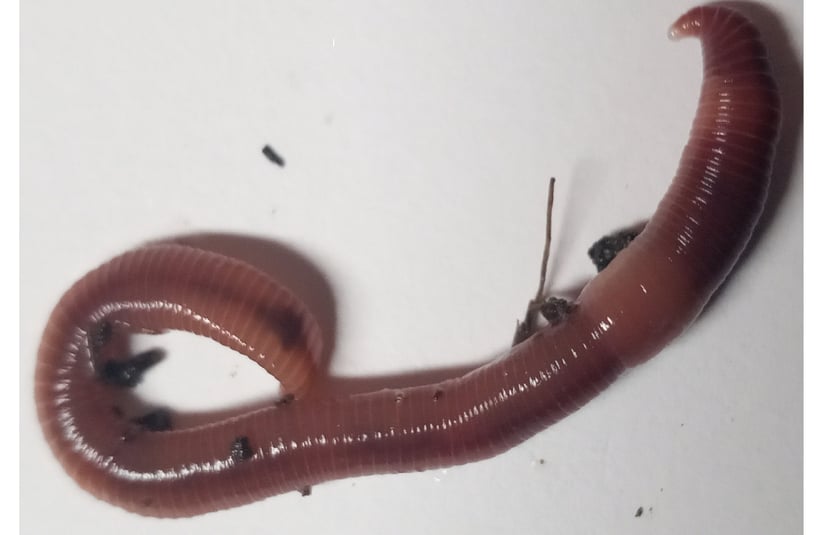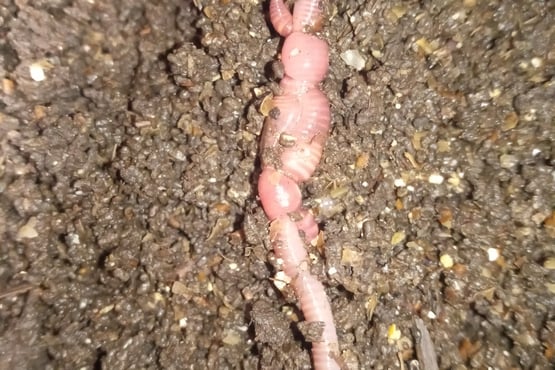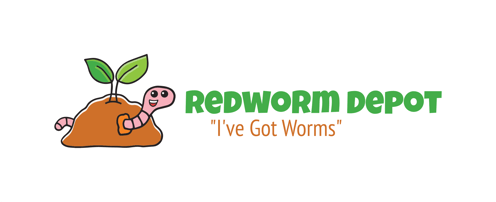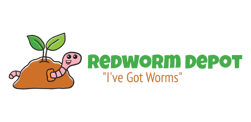Redworms (Eisenia fetida)
Breakdown of their key characteristics
3/20/20252 min read


Here's a breakdown of their key characteristics:
Appearance: They're typically reddish-brown in color, hence the name "redworm." They're relatively small compared to other earthworms, usually growing to 2-3 inches (5-8 cm) in length. They have a segmented body with a clitellum (a thickened band around their body) that's noticeably lighter in color.
Habitat: They thrive in moist, decaying organic matter. Unlike many other earthworm species that burrow deep in the soil, red wigglers are epigeic, meaning they live on the surface or in the upper layers of the soil. This makes them ideal for composting because they process organic waste efficiently in a contained environment.
Diet: They're voracious eaters of decaying organic matter, including vegetable scraps, fruit peels, coffee grounds, tea bags, and shredded paper. They break down this material, converting it into nutrient-rich castings (worm poop) that are excellent for enriching soil.
Reproduction: Red wigglers are hermaphrodites, meaning each worm possesses both male and female reproductive organs. However, they still require two worms to reproduce through cross-fertilization. They produce cocoons, small yellow capsules, containing several eggs that hatch into young worms. They reproduce quickly under ideal conditions, making them a great choice for composting operations.
Use in Composting
Their surface-dwelling habit and preference for decaying organic matter make them exceptionally effective for vermicomposting (composting using worms). They rapidly process organic waste, resulting in less odor and a faster composting process than traditional methods. The resulting castings are a valuable fertilizer high in nutrients.
Difference from other earthworms
While other earthworms might contribute to composting, red wigglers are specifically chosen because of their rapid reproduction rate, appetite for decaying matter, and surface-dwelling nature which makes them easier to manage in a vermicomposting system.
In short, red wigglers are a highly efficient and beneficial organism for composting, providing a sustainable and environmentally friendly way to process organic waste.




